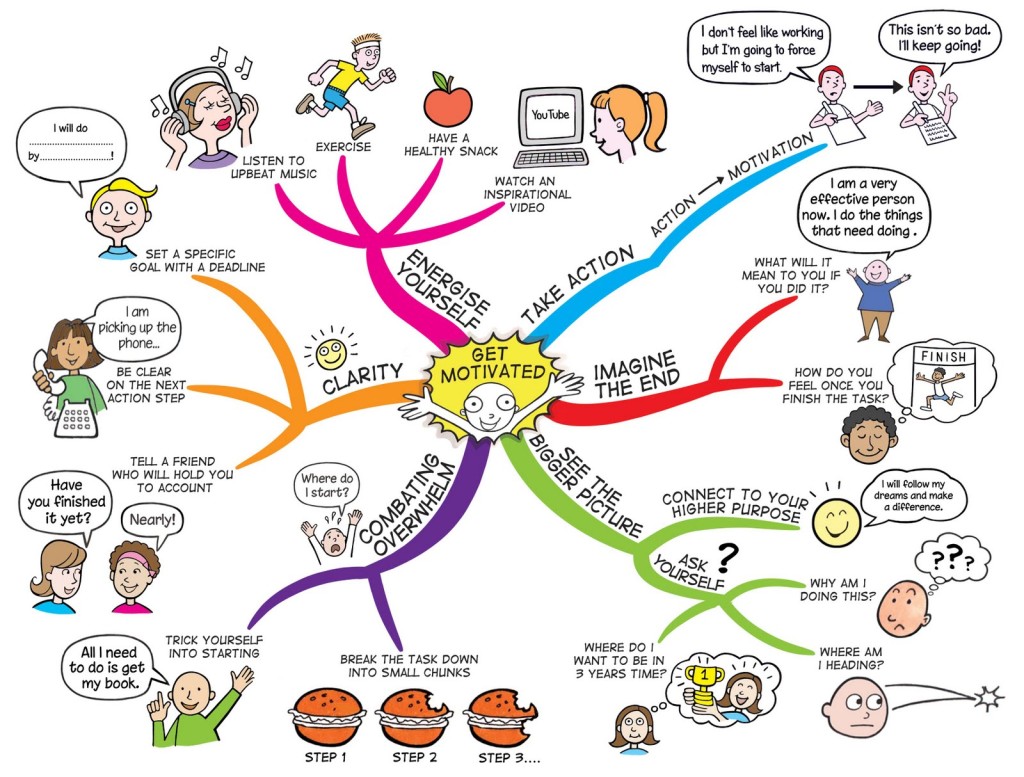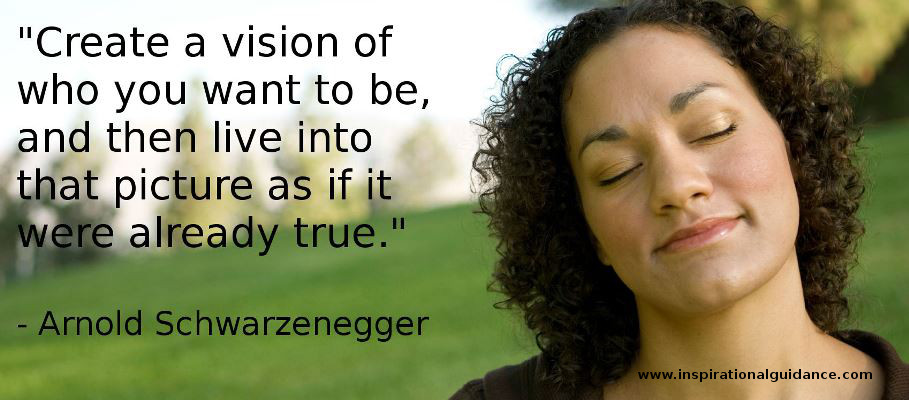Courtesy of About Health
“Begin with the End in Mind”
That’s one of the immortal “7 Habits” created by the late motivational guru Stephen Covey as one of his cardinal 7 Habits of Successful People.
However, what happens if you keep imagining all the possible things that can go wrong in your minds? What sort of end would you have?
To prevent this, perhaps your new personal mantra should be this:
“Begin with a Positive End in Mind”
Question: What can we do to achieve a positive end in life?
Stalwarts of Positive Visualisation
To attain whatever lofty goals you have set up for yourself, you need to practice positive visualisation. Quoting from The Free Dictionary, visualisation is…
Visualisation is the use of mental images to influence bodily processes, control pain, or prepare for athletic or other kinds of performance.
The principles behind the power of visualisation are nothing new.
Many professional world-class athletes and their coaches have used this method. They include champion golfer Jack Nicklaus and boxing legend Muhammad Ali. These athletic superstars create a clear and successful mental imagery before any game or match.
Many Hollywood celebrities and political leaders have also used this principle in whatever they do. They include comedian Jim Carrey, talkshow host Oprah Winfrey, and actor and former California governor Arnold Schwarzenegger.
Visualisation has also been touted as a way to achieve financial success. As far back as 1937, Napoleon Hill wrote his classic “Think and Grow Rich” which is still a major bestseller even to this day.
Similar concepts and ideas are applied by motivational guru Anthony Robbins, and more recently Rhonda Byrne of “The Secret” and “The Power” fame.
5 Steps to Positive Visualisation
What does positive visualisation entail?
Well, there are lots of permutations and combinations, but you could try this for a start (taken from this source):
Step 1 – Locate Your Sanctuary
First, find a tranquil corner of your home. Tranquility and calmness are two essential elements which you need to have before you can embark on a visualisation exercise.
Step 2 – Breathe Slowly and Notice Your Breathing
Next, close your eyes, take some deep breaths. Inhale through your nose and exhale through your mouth.
Then start to observe your breath. It flows in and out in a regular way. The regularity gives you the tranquility and calmness.
Try to achieve deep relaxation but do not sleep. 🙂
Step 3 – Achieve Complete Relaxation of Mind and Body
Now you imagine that your entire body and mind is relaxed.
Start from your feet, your ankles, your calves, your knees, your legs and move all the way up your body until you reach the top of your head.
At the end of the exercise, tell yourself that your whole body is completely relaxed. You may notice that your mind is still wandering from one thought to another.
After your body is completely relaxed and you state it, your mind calms down and is under control. Once in a while a thought may still pop up. You acknowledge it and let it go.
Step 4 – Visualise Your Precise Positive Outcome
Now visualize the precise positive outcome you want.
Let it be as real and as vivid as you can create it to be, engaging your five senses, your mind and your emotions.
The more stirring and believable it is, the better.
For example, let’s just say that you would like to visualise yourself as a top university student.
See yourself donning that graduate’s mortar board and receiving an award from the Chancellor. Imagine your friends, family members and lecturers congratulating you.
Feel in your heart the jubilation of being the first. Savour (in your mind) the rewards which that brings you.
Maybe your parents will bring you on a holiday to Europe, or give you a brand new car. Picture yourself driving that new vehicle or enjoying the sights of Paris, Rome or London.
Step 5 – Practice Visualising Small Successes
The power of positive visualisation doesn’t just apply to big ticket endeavours like graduation, a promotion, or a marriage to one’s dream girl.
It can also apply equally to smaller situations – getting a parking lot (oh boy, this is oh so true!), avoiding a queue for a hot ticket item, or being at the right place at the right time.
Positive Visualisation + Action = Success
Visualisation can help one to overcome fearful situations, kick out bad habits, improve self-esteem and usher in peace of heart and mind. Coupled with prayer and meditation, it is a powerful way of improving one’s outcomes in life.
Beyond long-term successes, I found that visualisation worked pretty well in helping me to surmount stressful encounters in the past. They include speaking what’s in my heart to my former bosses, or challenging the status quo in an environment which valued business-as-usual.

Think about a positive outcome in your mind and act on it (courtesy of Learning Fundamentals)
Of course, you need to not only engage your mind but involve your body.
You shouldn’t just spend your time dreaming about the future without taking concrete steps forward. Doing is believing too.
After you’ve affirmed yourself on a preferred outcome, you need to move towards that direction. Start by taking baby steps towards that direction, fully believing that you’ll be able to achieve what you have visualised.
When you put your heart and soul into your desired direction with full belief and conviction, the likelihood of achieving success will be high.
“I never hit a shot, not even in practice, without having a very sharp in-focus picture of it in my head” – Jack Nicklaus



Yes, it really works. If you’ve never tried it, do it. You’ll be amazed at the results!